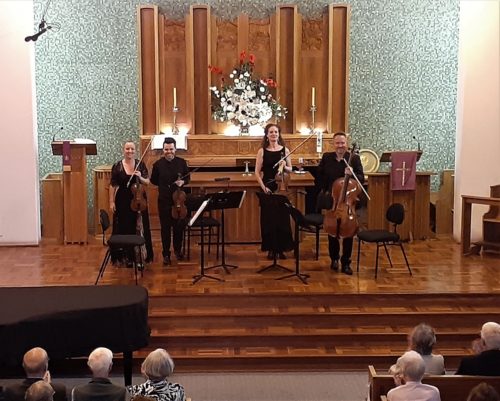 MUSIC / “Prussian Quartets”. The Australian Haydn Ensemble at Wesley Uniting Church, Forrest, March 11. Reviewed by ROB KENNEDY.
MUSIC / “Prussian Quartets”. The Australian Haydn Ensemble at Wesley Uniting Church, Forrest, March 11. Reviewed by ROB KENNEDY.
PROVING their ability to work across chamber music platforms, The Australian Haydn Ensemble (AHE) as a string quartet showed just how good they are in any form.
The players in AHE were Skye McIntosh, violin, Matthew Greco, violin, Karina Schmitz, viola, Daniel Yeadon, cello.
The longer I live, and the more music I hear, I become further convinced that the string quartet offers the greatest musical experience.
AHE began with the lively and complex “String Quartet in G Minor, Ben. 339″ by Ignaz Joseph Pleyel. This had a fine tune running through the first movement. Listening to this while sitting in the gallery above the main audience, the music seemed to be directly pointed at me, making this a more intimate and powerful experience.
With the sound of rain dripping outside accompanying the slow second movement, it ponderously and beguilingly unfolded. Its mellow appeal captivated when Greco on second violin performed a lovely ostinato that was passed around to the other players.
The upbeat third and final movement went through several developments, ranging from the complex to a totally sweet and flowing tune, and then to an almost dead slow passage. It finally finished with a forthright, decisive style, as was the playing.
Mozart’s “String Quartet No.23 K 590 in F Major”, began almost waltz-like. Resounding with individuality, and not just in the overall composition but for each player as well, this chromatic and multifaceted quartet grabbed people’s attention.
The work was held together through a continuity of complex construction and highly expressive individual voices. This sort of thing seemed to come easily to Mozart. At times, it was like listening to four tunes at once. The players handled this tricky and stylish work with outward ease and fluidity, which gelled the whole work. It was a delight to experience music of this nature played so well across all four movements.
The delicate and tender “String Quartet No.36 in B Flat Major” by Haydn, was composed in 1787 as the first of a set of six quartets. They were dedicated to King Frederick William II of Prussia, and they may show a lot about the character of this King who was devoted to the arts.
Beginning with a drone on the cello, this soon formed part of the recurring theme for the opening allegro. The playing was expressive, delicate and accurate. There was a lovely flow of musical ideas throughout this movement. The stately adagio non lento that followed resembled a slow dance. The singing tune from McIntosh on first violin sang with serene beauty.
The third movement had the players bouncing off and responding to each other in a buoyant manner. It was a short musical joke. The more serious and decisive final allegro was filled with that prominent Haydn brilliance and clarity.
All the players enjoyed this music-making, as did the sold-out audience. They even set up extra seats in the nave to accommodate everyone. Like me, the audience was happy to hear and see the AHE again in a live concert after such an extended COVID-19 break.
Who can be trusted?
In a world of spin and confusion, there’s never been a more important time to support independent journalism in Canberra.
If you trust our work online and want to enforce the power of independent voices, I invite you to make a small contribution.
Every dollar of support is invested back into our journalism to help keep citynews.com.au strong and free.
Thank you,
Ian Meikle, editor

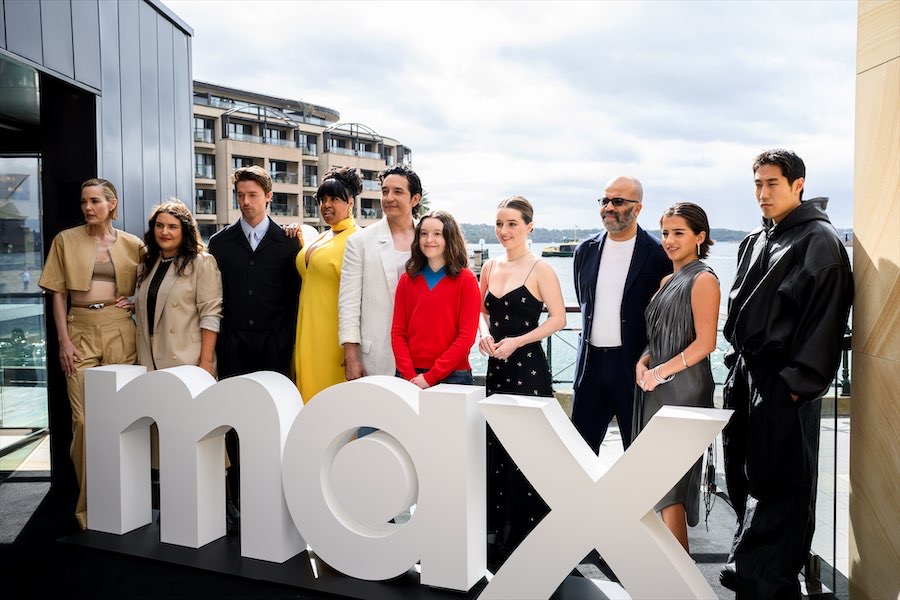
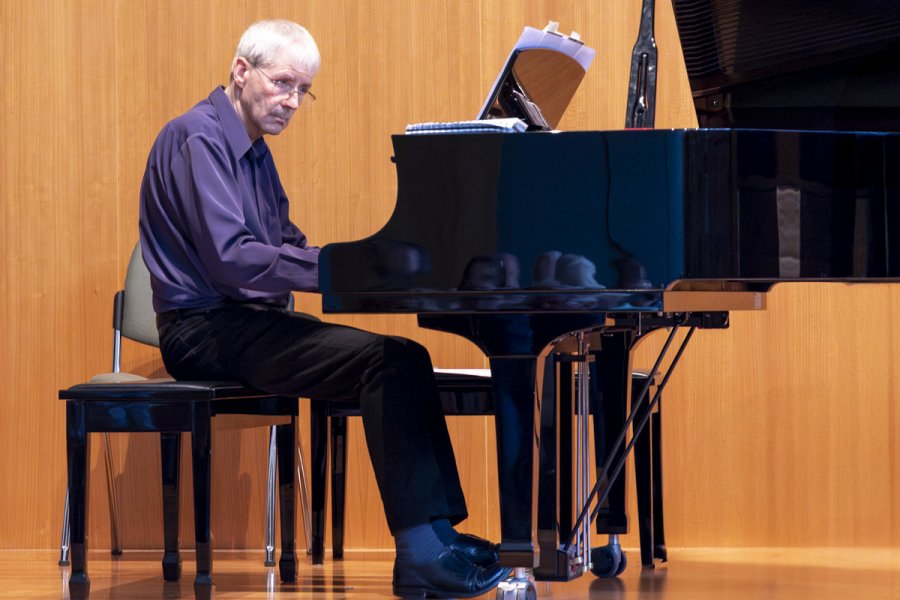
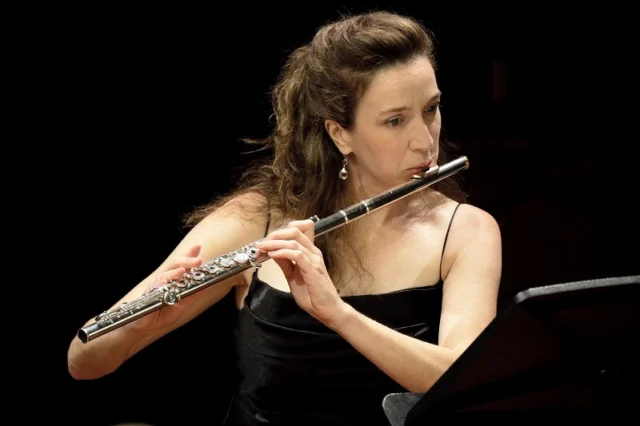
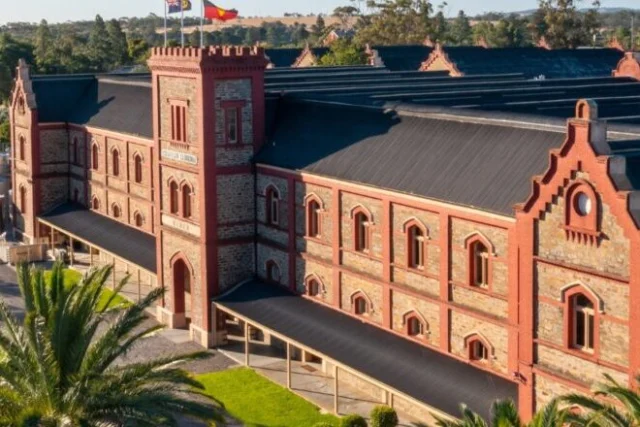
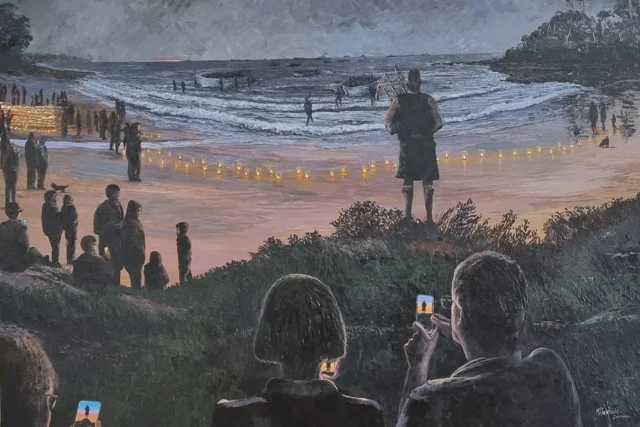

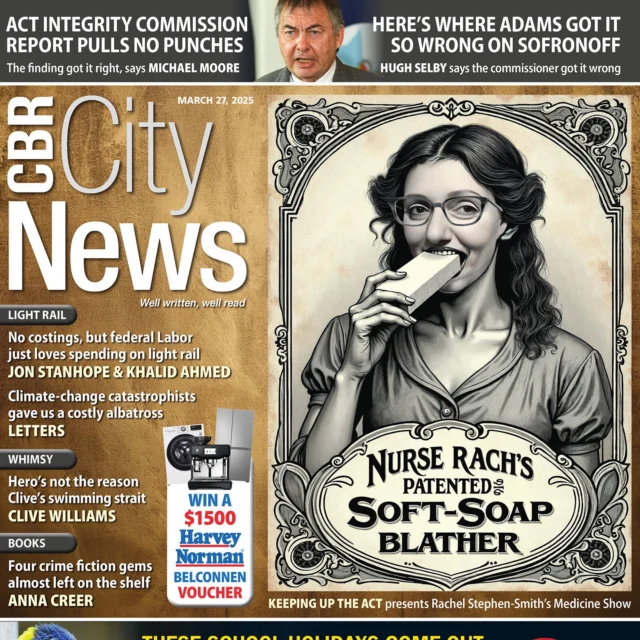
Leave a Reply